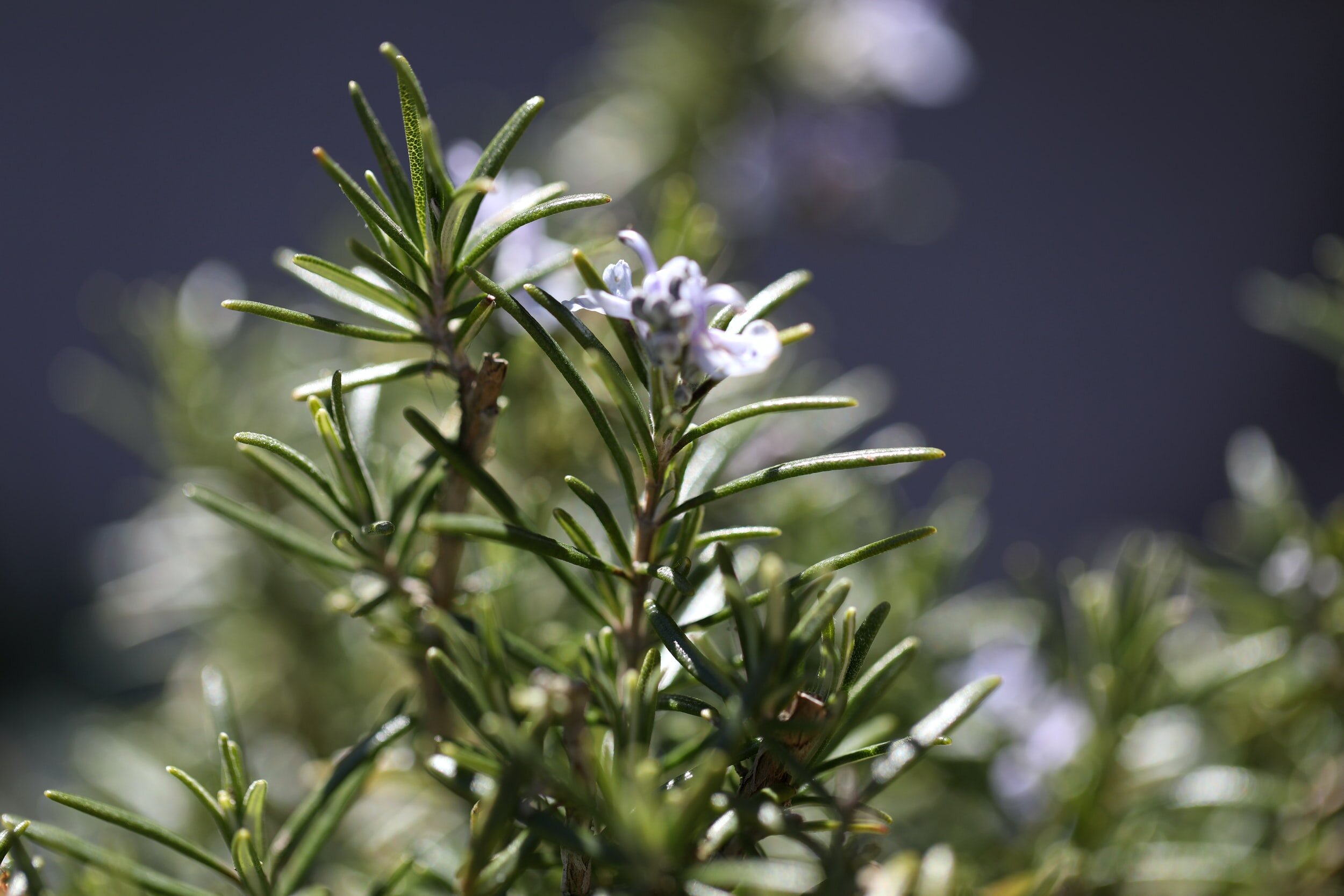Energetics of Food

Energetics of Pears: 3,000 Years of Deliciousness
Originating from Central Asia, the pear has been around for over 3,000 years. In the epic The Odyssey, Homer refers to pears as the “gift of the gods”.
Pears are surprisingly heart-healthy due to their high amounts of vitamin C and a wide variety of flavonoids. Vitamin C and flavonoids have a synergistic relationship, each helping to improve the antioxidant potential of the other. They are also a good source of copper, a mineral that helps protect the body from free radicals, via its role as a component in superoxide dismutase (SOD). SOD is an enzyme that helps eliminate superoxide free radicals.

Energetics of Kale: Love it or Hate it?
Somehow kale has acquired a bad reputation for being gross, too tough to eat, and only eaten by health food “freaks”. The amount of Kale Hater groups around the internet is astonishing. This primitive cruciferous cousin of cabbage has actually been grown and consumed around the world for centuries.
Kale comes in several varieties (red, green, curled, savoy, and fringed) and every variety has its own taste, texture, and appearance. No matter what variety you prefer, this waistline-friendly leafy green is a nutritional powerhouse!

Energetics of Chickpeas: More than a Bean
Chickpeas, or garbanzo beans, are actually the most widely consumed legume in the world and they are for more than just hummus!
Chickpeas have a tremendous amount of dietary fiber, iron, magnesium and more. This makes them a heart healthy and energy boosting addition to any dish! They are neutral and sweet in flavor and help to nourish the Spleen and Stomach Qi, which helps the body produces healthy blood and nourish all the organs. Do be cautious about overeating in those who are frail and deficient, as chickpeas (and legumes in general) are a diuretic and can promote the loss of nutrients from the body, as well as be harder on the digestive system.


Energetics of Rosemary: The Memory Booster
Rosemary has been used throughout time and over dozens of cultures as a culinary herb, a herbal remedy for many ailments, and a memory charm. Students in ancient Greece would place sprigs of rosemary in their hair while studying because they thought that rosemary stimulates and strengthens memory.
Rosemary is an amazing source of antioxidant phytonutrients, such as rosmanol and rosmarinic acid. Rosmarinic acid has been shown to modulate the production of inflammatory molecules, helping reduce inflammation. Also, inhalation of rosemary’s volatile oils, the ones that give it its fragrance, help enhance recall and increase alertness.

Energetics of Watermelon: A Summer Staple
When I think of summer, I think of fun in the sun, picnics, and summer’s favorite treat, the watermelon. Watermelon is a summer staple that originates from Africa! It was originally cultivated in Egypt, where its popularity grew immensely. Its legacy is recorded in hieroglyphics painted on buildings, and they even placed watermelon in the tombs of many Egyptian kings.
This sweet treat is not just for cooling down on hot days, it is also jam-packed with nutrients. It packs in about one-third of the recommended daily value of vitamin A and C. Watermelon is the leading fruit in lycopene, which gives a major boost in cardiovascular health and enhances bone health. Watermelon also contains choline, which helps fight inflammation.

Energetics of Chili Peppers: For the Spice Lovers
Everyone knows that you are either a fan of hot chilis or you avoid them at all costs. The good news is that since there are thousands of varieties of chilis at different heat levels, everyone can and should enjoy them! Chili peppers are super heart-healthy and have been found to help dissolve blood clots, reduce blood cholesterol, triglyceride levels, and platelet aggregation. They can also reduce free radical damage and increase cardiovascular health by increasing oxygen consumption along with burning more calories. Also, contrary to popular rumors, chili peppers do not cause ulcers, they actually kill stomach bacteria and help stimulate protective stomach juices.

Energetics of Melon: Origins Unknown
A summertime favorite, melons are a great way to beat the heat and get a yummy snack in! The origins of Melon’s are highly debated by historians. Some say they came from Persia, others Africa, and even Afghanistan. While the origins may be disputed, everyone agrees that melons have been around for a long time. Melons are high in beta-carotene and vitamin A (vision health), vitamin C (immune support), potassium, vitamin B6, folate (heart health), and S.O.D (insulin regulation, cellular damage protection, and fatigue support). Energetically melons are great for preventing and treating heat/sunstroke, as well as helping to regulate digestion.

Energetics of Cabbage: Harmonious Health Benefits
Cabbage is the king of the brassica branch of the cruciferous family. This vegetable can be seen in every type of cuisine across the globe from cabbage rolls in Europe to kimchee in Korea. It has also been used as a medicine for centuries. Many people cook with cabbage without realizing the incredible health benefits of this cruciferous vegetable.

Energetics of Beet Greens: Mean and Green
Beet Greens are a misused vegetable as most people just throw away this part of the beet when cooking, but they are throwing away an excellent source of nutrients! Beet greens have a similar taste and texture to spinach and Swiss chard. It is time to start incorporating this delicious vegetable into your diet!
Like the beet roots, beet greens also contain phenolic phytonutrients, manganese, and copper which protect the body from free-radical damage. Beet greens also contain a high amount of fiber which has been found to help lower total cholesterol levels and triglyceride levels.

Energetics of Beet Root: Red and Delicious
Beets were first cultivated by the ancient Romans, and the invading tribes were then responsible for introducing them throughout Europe, where they were used as animal fodder. It wasn’t until the 6th Century that beets became popular for human consumption.
Beets contain a unique class of phytonutrients called betalains. Betacyanin, the red pigment concentrated in red beets, and betaxanthin, the yellow pigment found in yellow beets, are just two examples of betalain phytonutrients. Betalains have many antioxidant properties, especially in the liver and intestines.

Energetics of Tomatoes: Fruit or Vegetable?
The great debate, what is a tomato?! While it is used and consumed as a vegetable, it is botanically a fruit. The confusion comes from the fact that in 1887, US tariffs imposed a duty on vegetables, but not fruits, so it was classified as a fruit to bypass the duty. Then in 1893, the US Supreme Court ruled that tomatoes were to be considered a vegetable based on that is it only eaten during meals, not dessert.

Energetics of Garlic: Move Over Dracula
Garlic is a part of the onion family and there are over 300 varieties! Probably the most versatile vegetable in the world, garlic is used in many recipes across the globe. Garlic is not only delicious, it is very nutritious. It has been shown to help lower blood pressure and help maintain healthy cholesterol levels, while also having extraordinary anti-inflammatory properties. Garlic is also a great antibiotic and antiviral, due to its high levels of the phytonutrient allicin. Allicin has also been shown to help protect against colon cancer. Garlic is warm and pungent making it great for chronic conditions such as asthma and high blood pressure, as well as acute conditions such as the common cold and contact dermatitis.

Energetics of Apricots: The Underappreciated Fruit
Apricots have been cultivated for the last 4,000 years and hail from the mountain slopes of China. This summer fruit is often described as a cross between a peach and a plum, but in reality, there are no words to adequately describe the unique taste, other than delicious.
Apricots are an excellent source of vitamin A, vitamin C, and Quercetin. Making this another great antioxidant-packed fruit to add to your heart and eye health diet!

Energetics of Plums: Spring Renewal
Plums are one of the first domesticated fruits grown in Asia and Europe. In China and Japan, plum blossoms have been revered and celebrated for centuries as a symbol of renewal and endurance, the turn of winter into spring. Plums are full of antioxidants in both the flesh and the skin, as well as the phytonutrients, which promote cardiovascular health and protection from free-radicals.

Energetics of Fennel: The Flattering Vegetable
During medieval times, fennel meant “Flattery”. Some believed it earned that name because monks in the Middle Ages cooked with fennel and everyone praised them for how good their dishes were. Fennel is rich in Vitamin C and other health-promoting antioxidants, including anethole which is also an anti-inflammatory compound. Energetically fennel is a great Qi mover. Healthy digestion depends on the healthy and free movement of Qi.

Energetics of Basil: A World of Flavor
Basil has an extremely interesting history. In some cultures, it has been used historically as a token of love, an icon of hospitality, and a passport for the deceased to enter paradise. In other cultures, it was thought to cause the spontaneous generation of “scorpions” in the brain by just smelling it.
Basil is a powerhouse full of antioxidants, anti-inflammatory phytonutrients, and anti-bacterial oils, so don’t let these tall tales fool you, basil should 100% be a part of your diet.

Energetics of Collard Greens: Southern Favorite
When you think of collard greens what comes to mind? Southern soul food? BBQ joints? This popular side dish is a staple across the US, but it actually has roots in a different part of the world. They are actually native to the Mediterranean and was very popular with both the Romans and Greeks.

Energetics of Blueberries: Small but Mighty
Blueberries have been an important cultural staple for Native Americans and starting to gain popularity in the 20th century as new sweeter variants started growing. These little berries are packed full of antioxidants and vitamins for their size.

Energetics of Arugula: More Than A Garnish
Arugula is an underappreciated food being used mostly as a garnish, instead of the main ingredient powerhouse! Arugula is super adaptable for many dishes and is full of vitamins and minerals for optimal health!



In Chinese Medicine, the 5 flavors are pungent, sweet, sour, salty, and bitter. The SAD (Standard American Diet) consists primarily of just 3 of the 5 flavors. Your diet should consist of a balance of all 5 flavors for optimal health. Balance does not refer to equal amounts, but to bring the body into harmony with your own constitution and the seasonal influences.